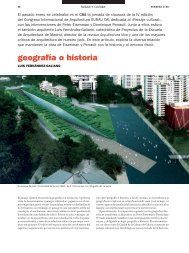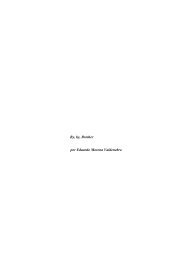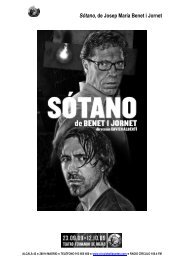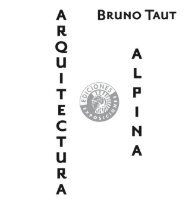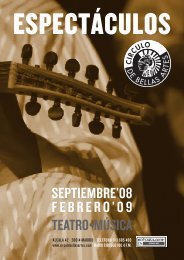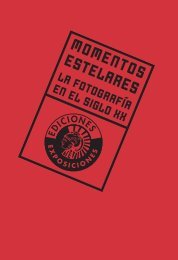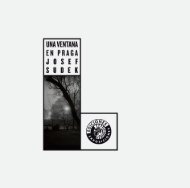Goethe 01-13.indd - Círculo de Bellas Artes
Goethe 01-13.indd - Círculo de Bellas Artes
Goethe 01-13.indd - Círculo de Bellas Artes
You also want an ePaper? Increase the reach of your titles
YUMPU automatically turns print PDFs into web optimized ePapers that Google loves.
ca. 1780<br />
Lápiz, creta negra, difuminado; sobre papel amarillo grisáceo<br />
36,5 x 27,5 cm<br />
Corpus Vb Nr. 184 / Nr. <strong>de</strong> inv. 131<br />
Bibliografía: Johann Wolfgang <strong>Goethe</strong>, Tagebücher,<br />
ed. Wolfgang Albrecht y Andreas Döhler, Stuttgart / Weimar,<br />
1998 y ss., vol. I,1, p. 257 y vol. I, 2, p. 569.<br />
Norbert Miller, Der Wan<strong>de</strong>rer <strong>Goethe</strong> in Italien,<br />
Múnich, 2002, pp. 89 y ss.<br />
[24] ROCAS EN EL FICHTELGEBIRGE El fragmento <strong>de</strong> roca representado, una pared tajada<br />
que en la imagen queda en diagonal, sólo se ha trabajado<br />
en <strong>de</strong>talle en el centro <strong>de</strong> la hoja. A diferencia <strong>de</strong>l<br />
dibujo Monje y monja 1 , es evi<strong>de</strong>nte que a <strong>Goethe</strong> le interesaba<br />
aquí exclusivamente una reproducción geomorfológicamente<br />
precisa <strong>de</strong> las circunstancias encontradas.<br />
El banco claramente reconocible indica una clase <strong>de</strong> piedra<br />
sedimentaria o metamorfa.<br />
La datación <strong>de</strong>l dibujo y la localización <strong>de</strong> la roca<br />
son vagas. Ottfried Wagenbreth, que revisó para el corpus<br />
<strong>de</strong> los dibujos <strong>de</strong> <strong>Goethe</strong> los motivos geológicos,<br />
supuso que <strong>Goethe</strong> había dibujado aquí unas rocas<br />
<strong>de</strong> mármol en el Fichtelgebirge. No se han conservado<br />
testimonios <strong>de</strong>l propio artista sobre la génesis, pero<br />
esta suposición pue<strong>de</strong> verifi carse gracias al papel que<br />
empleó. Se trata <strong>de</strong>l papel llamado «cabeza <strong>de</strong> buey»,<br />
1 V. Cat. Nr. 25.<br />
2 CVB Nr. 181.<br />
que <strong>Goethe</strong> utilizó también para los estudios <strong>de</strong> granito<br />
que llevó a cabo durante el viaje realizado a comienzos<br />
<strong>de</strong>l verano <strong>de</strong> 1785 por el Fichtelgebirge en compañía<br />
<strong>de</strong> Carl Ludwig von Knebel. Llegado <strong>de</strong>s<strong>de</strong> Hof,<br />
<strong>Goethe</strong> residió en esta región <strong>de</strong>s<strong>de</strong> el 30 <strong>de</strong> junio hasta<br />
el 4 <strong>de</strong> julio. Des<strong>de</strong> allí partió hacia Karlsbad para la<br />
primera <strong>de</strong> un total <strong>de</strong> diecisiete estancias en los balnearios<br />
bohemios. Su ruta le condujo por Wunsie<strong>de</strong>l,<br />
don<strong>de</strong> afl oran mármoles calcáreos que se explotan allí<br />
<strong>de</strong>s<strong>de</strong> la Edad Media.<br />
Estilísticamente, el dibujo es muy similar a los estudios<br />
<strong>de</strong> granito <strong>de</strong> esta época. La comparación con el<br />
dibujo Bancos <strong>de</strong> rocas <strong>de</strong> granito en el Luisenburg (corregido<br />
entretanto a Rocas <strong>de</strong> Burgstein) 2 lo <strong>de</strong>ja claro: también<br />
en éste <strong>Goethe</strong> <strong>de</strong>sarrolla la parte central <strong>de</strong> la<br />
imagen y sólo sugiere con esbozos la piedra en torno.



